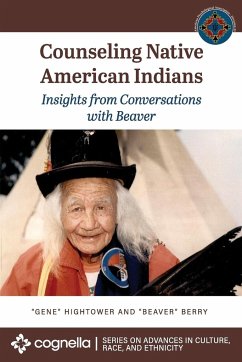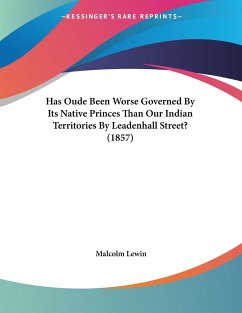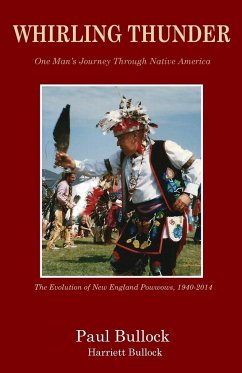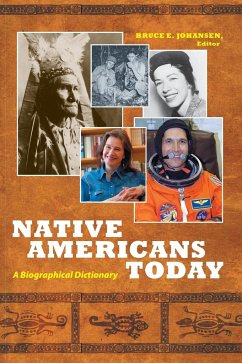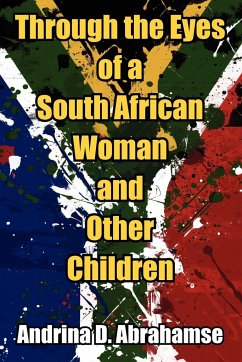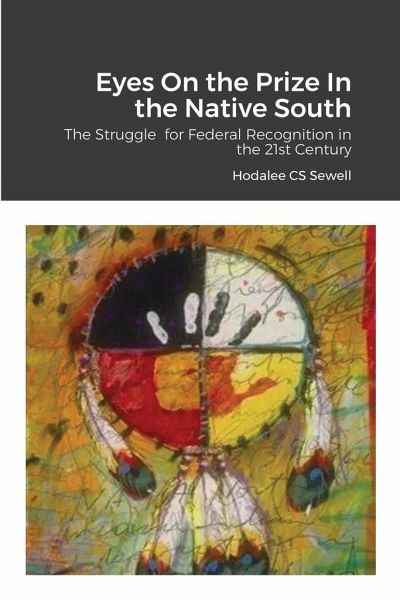
Eyes On the Prize In the Native South
The Struggle for Federal Recognition in the 21st Century
Versandkostenfrei!
Versandfertig in 1-2 Wochen
15,99 €
inkl. MwSt.

PAYBACK Punkte
8 °P sammeln!
As of 2018 the United States federal authorities have a special government to government relationship with the 567 federally acknowledged Indian tribes. These tribal governments and that relationship have long been fundamental to the American Indian identity for more than two centuries. The constitution of the United States grants Congress the right to interact with tribes. The Supreme Court of the United States in United States v. Sandoval, 231 U.S. 28 (1913) revealed the seriousness of the relationship when it stated, "it is not... that Congress may bring a community or body of people within...
As of 2018 the United States federal authorities have a special government to government relationship with the 567 federally acknowledged Indian tribes. These tribal governments and that relationship have long been fundamental to the American Indian identity for more than two centuries. The constitution of the United States grants Congress the right to interact with tribes. The Supreme Court of the United States in United States v. Sandoval, 231 U.S. 28 (1913) revealed the seriousness of the relationship when it stated, "it is not... that Congress may bring a community or body of people within range of this power by arbitrarily calling them an Indian tribe, but only that in respect of distinctly Indian communities the questions whether, to what extent, and for what time they shall be recognized and dealt with as dependent tribes". Federal tribal acknowledgement grants to Native American nations the right to certain benefits, and the process is largely controlled by the Bureau of Indian Affairs (BIA), though petitioning tribes can go through congress to secure acknowledgement as well. To determine which petitioning groups seeking acknowledgment were appropriate for such status during the 1970's federal government authorities began to work to address the need for consistent established procedures and criteria for acknowledgement Adding impetus for such, several non-federally acknowledged tribes encountered difficulties in bringing land claims for redress. One such case was United States v. Washington (1974), which affirmed the fishing treaty rights of tribal groups in Washington State, and which led to other groups asserting that the federal government acknowledge their claims to aboriginal titles. These events led to the Indian Self-Determination and Education Assistance Act of 1975. This important federal legislation legitimized tribal governments by at least in part restoring aspects of Indian self-determination and governance which had in the past been ignored or suppressed. The Bureau of Indian Affairs in 1978 established a process of rules with seven core criteria that groups who sought to petition had to meet in order to secure federal tribal acknowledgment. Four of the criteria have repeatedly been difficult for many petitioners to document, including identity as a long-standing historical community, outside identification as Indians, continuity of political authority, and descent from a historical tribe.



